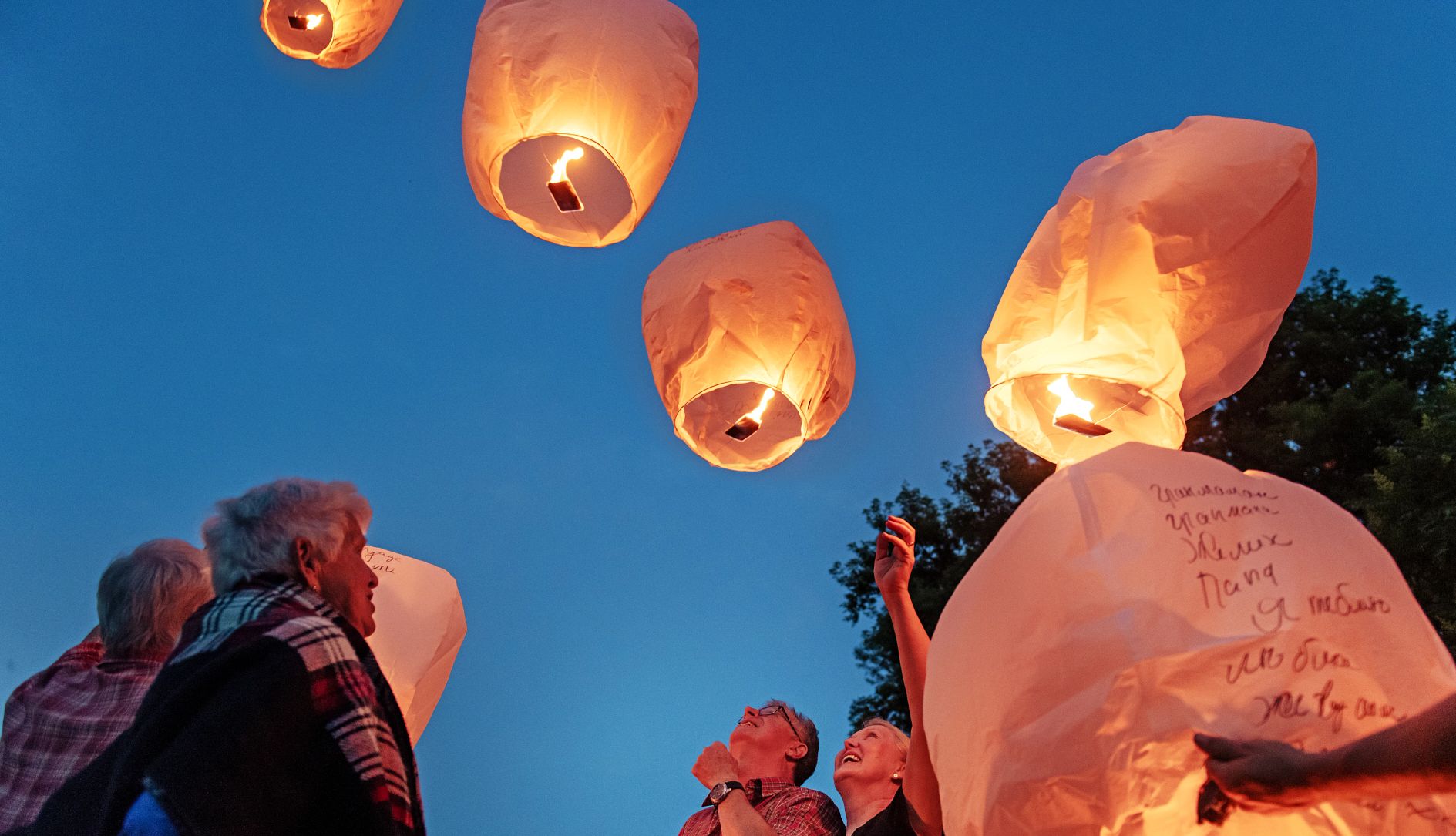AARP Hearing Center


When Andrea Traubner lost her husband, Richard, to ALS after 42 years of marriage, he was buried per Jewish tradition within 24 hours. Nine months later as she was emerging from her grief, Andrea welcomed more than 100 guests to a celebration of Richard’s life.
Richard was a prominent music scholar, and the service reflected that — complete with a pianist and professional singers performing songs from his favorite operettas.
A filmmaker friend and her son created a video tribute they played before the service. Programs with photos and memories of Richard were on each seat for guests to take home.
“Producing the concert … focused my mind and helped me set aside the grief, day after day,” Andrea says. “When I heard the singers first rehearse with their accompanist, Richard’s memory shone.”
What is the difference between a memorial and a funeral?
Funerals are held soon after a death, often within a week. “A memorial service can be held at any time, any place for whatever the particular reason,” says William Mariani, a funeral director with Rossi Funeral Home in Scotch Plains, New Jersey.
Another major difference is that there is no body at a memorial service, he says.
Memorial services have become more prevalent as cremation has outpaced traditional burials in the U.S., in part due to cost. In 2023, the cremation rate stood at 60.5 percent of deaths, according to the National Funeral Directors Association (NFDA). By 2045, that’s projected to exceed 81 percent.
The financial and legal paperwork that comes with losing a loved one can be overwhelming, but planning a celebration of their life doesn’t have to be. Here are steps to take.



































































More From AARP
Understanding High Blood Pressure Stages and Types
The 4 stages of hypertension can impact your health in varying waysHow to Help Pets Through Grief
Here are practical tips to assist your furry friends while they’re depressed
A Caregiving Son’s Enduring Grief
Losing my father at a young age changed the course of my life and career